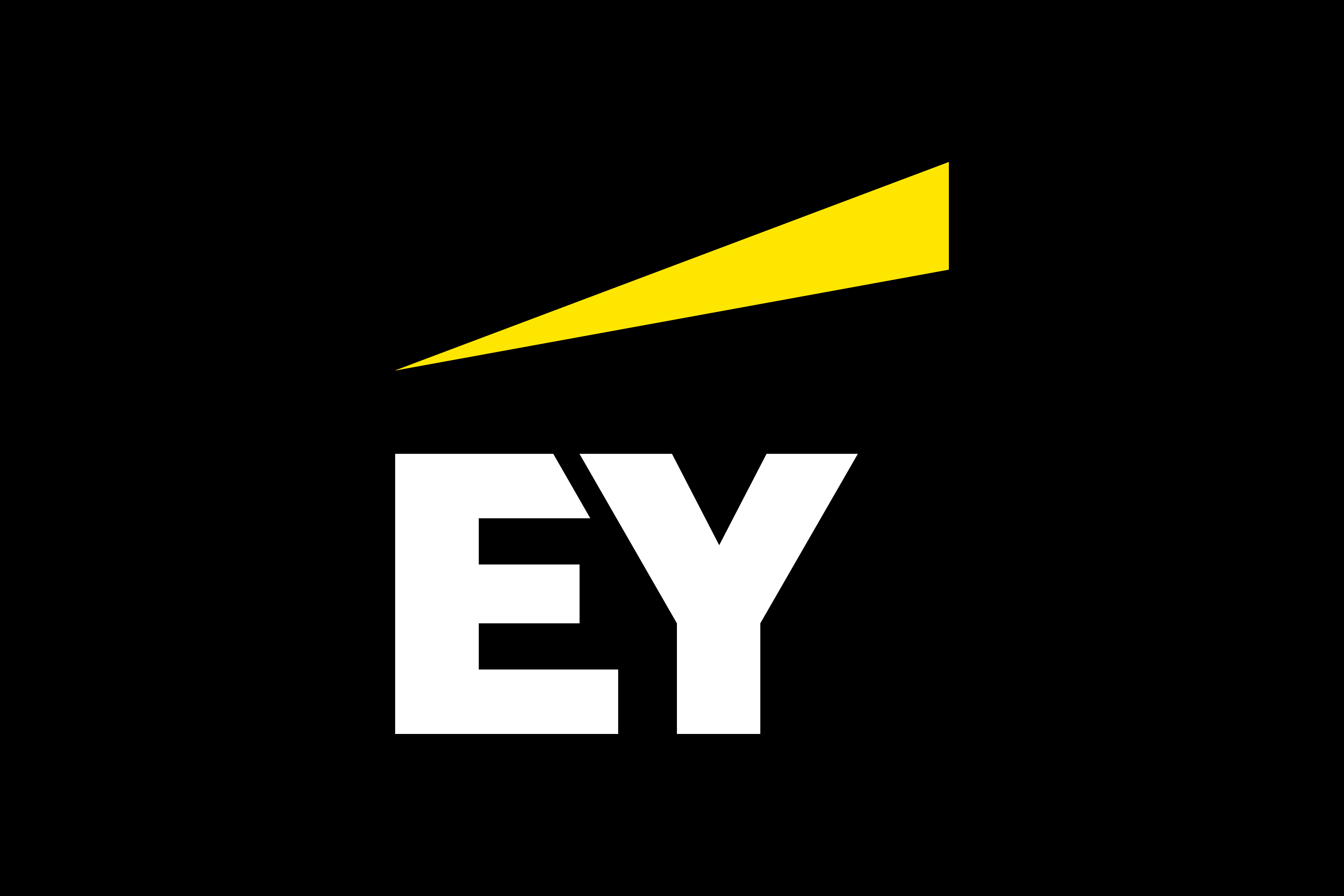EY refers to the global organization, and may refer to one or more, of the member firms of Ernst & Young Global Limited, each of which is a separate legal entity. Ernst & Young Global Limited, a UK company limited by guarantee, does not provide services to clients.

Executive summary
Pursuant to the law of 27 December 2021, a new procedure for exercising VAT recovery/deduction based on the direct attribution method (sometimes also referred to as “effective use”) will apply to mixed taxable persons as from the 1 January 2023. A new Royal Decree dated 26 October 2022, published on 10 November 2022, now defines in detail the implementing measures for this new procedure. With these new provisions, the rules have been considerably tightened and, moreover, a retrospective application of the direct attribution method is excluded if the strict formalities are not correctly or timely fulfilled. The tax authorities also retain the possibility to retrospectively refuse or adjust the application of the direct attribution method.
New rules and implications
As stipulated in the law of 27 December 2021, a notification (containing detailed information) must be made no later than 30 June 2023 by taxable persons already applying the direct attribution method. Failure to comply with this obligation will lead to a (temporary) rejection of the application of the direct attribution method. The VAT authorities will then review current practices and correct them if necessary. It is clear that mixed taxable persons who currently apply the direct attribution method should thoroughly reexamine their current situation in the light of these new rules.
By way of comparison, current rules require a taxable person who wishes to exercise the right to recover VAT to file a written request to the competent VAT inspector. Based on case law, however, such request could also be made retrospectively. The law of 27 December 2021 adjusts this mechanism so that from 1 January 2023 onwards, prior notification will become mandatory.
In terms of further detail on the new rules, the Royal Decree provides that:
- The advance notification can no longer be sent by mail, but must be submitted electronically through the so-called form E604A or E604B before the end of the first declaration period of the current calendar year or the first declaration period upon start or modification of the activity. This notification takes effect on 1 January of the current calendar year or from the first day of the declaration period following the start or change of the activity. Taxable persons should also communicate, through the Intervat application, detailed information on how they exercise their right to recover VAT when submitting a VAT return for the first time after changing their VAT recovery regime. The examples given include information like historical VAT recovery, cost attribution percentages to the various sectors, special ratios for sectors, etc.;
- It is very important to stress that if the notification and/or communication of the requested information is not done in a timely manner, the right to apply the direct attribution method can only be exercised from 1 January of the following calendar year at the earliest. A retrospective application is de facto excluded;
- Taxable persons may stop applying the direct attribution method but not earlier than 31 December of the third year following the previous notification, with the change taking effect on 1 January of the next year.
- It is no longer the case that the VAT authorities approve the request to apply the direct attribution method, they will now only send a confirmation of receipt upon receiving a new request. The tax administration has the right to refuse the request or to change the proposed method of VAT recovery with retrospective effect (up until 31 December following the year in which the initial notification took effect);
- The tax authorities themselves may impose the application of the direct attribution method. This decision will apply to future VAT returns but can have some important retrospective effects if the tax administration considers that mistakes were made in the past in relation to VAT recovery (i.e., that the VAT recovery applied does not correspond to the factual situation or is excessive);
- Going even further, the tax authorities can, through the issuance of a circular letter, oblige an entire business sector or group of taxable persons to apply the direct attribution method.
Businesses already applying the direct attribution method are not exempt from these new rules and action is required on their part. Taxable persons already applying the direct attribution method must provide a notification and communication of the requested data confirming the application of the direct attribution method by 30 June 2023.
Apart from the clear administrative obligations these new rules bring with them, it would also be highly advisable to perform a check of the current VAT position. The VAT administration has indicated it will now more actively verify whether or not the VAT recovery regime chosen by a taxable person corresponds to the fiscal reality of its business, possibly leading to retrospective corrections and the obligation to use a different regime going forwards.
How we can help
Whilst some details remain unclear and we will continue to follow up the implementation of this new Royal Decree, in order to ensure taxable persons are in a position to notify a robust method by the cutoff of 30 June 2023, we recommend taking prompt action where relevant and are available to provide support in this respect.
